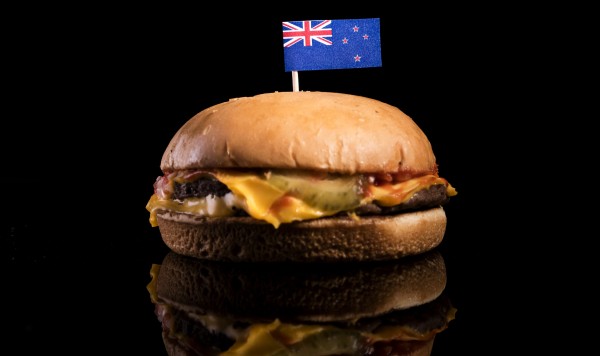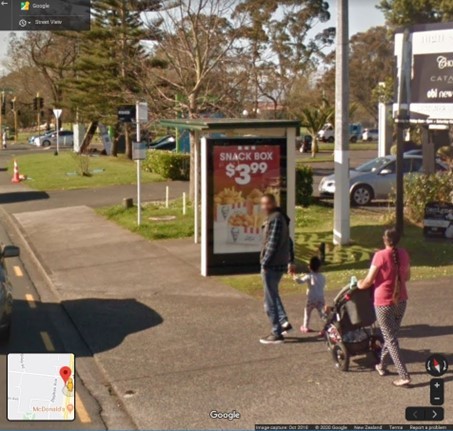References
- World Health Organization. Policies to protect children from the harmful impact of food marketing: WHO guideline. In: Policies to protect children from the harmful impact of food marketing: WHO guideline.2023.
- Boyland E, McGale L, Maden M, Hounsome J, Boland A, Angus K, et al. Association of food and nonalcoholic beverage marketing with children and adolescents’ eating behaviors and health: a systematic review and meta-analysis. 2022:e221037-e.
- McCarthy N. The World's Worst Offenders For Plastic Pollution Global Plastic Waste; 2020. Available from: https://www.statista.com/chart/22959/metric-tonnes-of-plastic-packaging-produced-annually/
- Advertising Standards Authority. Children and Young People’s Advertising Code. Available from: https://www.asa.co.nz/codes/codes/children-and-young-people/
- Sing F, Mackay S, Culpin A, Hughes S, Swinburn B. Food advertising to children in New Zealand: a critical review of the performance of a self-regulatory complaints system using a public health law framework. Nutrients. 2020;12(5):1278.
- Advertising Standards Authority (2021). Complaint 20/234 Hell Pizza/Auckland Libraries, Hell Reading Challenge, Website, Poster, Facebook, Promotion Merchandise, https://www.asa.co.nz/decisions/search-browse-decisions/ Accessed 28.08.23
- Garton K, Mackay S, Sing F, Egli V, Signal L. Unhealthy food and drink marketing in Aotearoa New Zealand: Evidence Snapshot 2022. 2022.
- Huang D, Brien A, Omari L, Culpin A, Smith M, Egli VJN. Bus stops near schools advertising junk food and sugary drinks. Nutrients. 2020;12(4):1192.
- Brien A, Wu S, Maharaj S, Meneses S, Yousif L, Nasimham H, et al. Junk food, sugary drinks and XL portion sizes: advertising on convenience stores near primary schools in Tāmaki Makaurau Auckland, Aotearoa New Zealand. Kōtuitui: New Zealand Journal of Social Sciences Online. 2022:1-19.
- Egli V, Zinn C, Mackay L, Donnellan N, Villanueva K, Mavoa S, et al. Viewing obesogenic advertising in children's neighbourhoods using Google Street View. Geographical Research. 2019;57(1):84-97.
- Signal LN, Stanley J, Smith M, Barr M, Chambers TJ, Zhou J, et al. Children’s everyday exposure to food marketing: an objective analysis using wearable cameras. International Journal of Behavioral Nutrition and Physical Activity. 2017;14:1-11.
- McKerchar C, Smith M, Gage R, Williman J, Abel G, Lacey C, et al. Kids in a candy store: an objective analysis of children’s interactions with food in convenience stores. Nutrients. 2020;12(7):2143.
- Unicef. Convention on the Rights of the Child 1989. Available from: https://www.ohchr.org/en/instruments-mechanisms/instruments/convention-rights-child
About the Briefing
Public health expert commentary and analysis on the challenges facing Aotearoa New Zealand and evidence-based solutions.
Subscribe

Public Health Expert Briefing
Get the latest insights from the public health research community delivered straight to your inbox for free. Subscribe to stay up to date with the latest research, analysis and commentary from the Public Health Expert Briefing.

